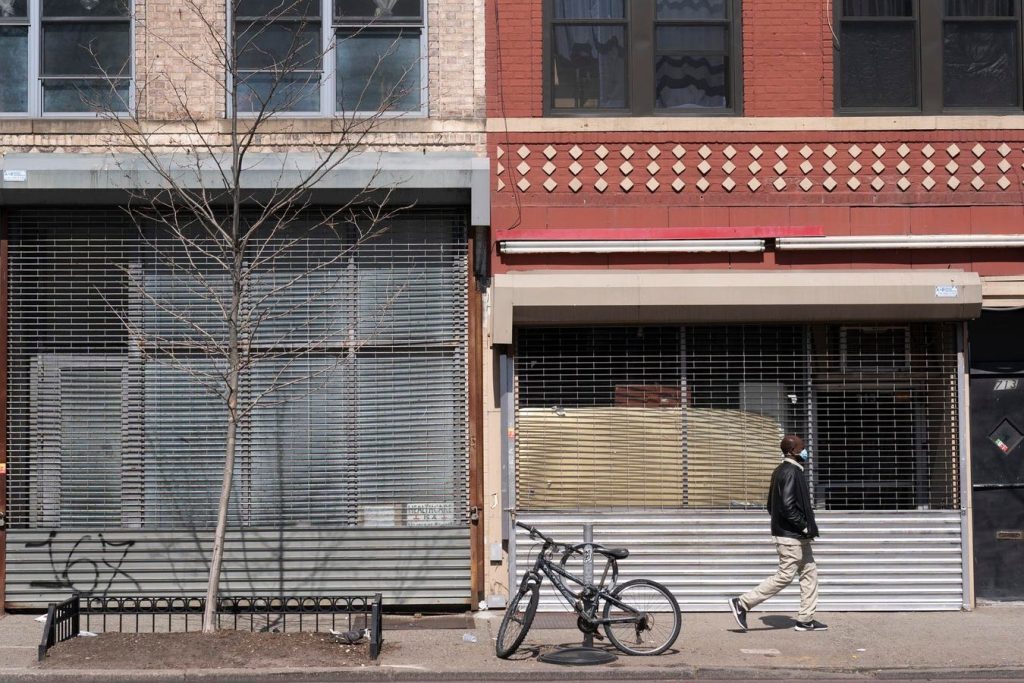Every 10 to 15 years, some widespread financial disaster threatens the country. It’s easy to point to the pandemic, wipe your brow, and think, “Whoa, got out of that one without being crushed.”
Not so fast. Yes, experts had been saying for 20 to 30 years that supply chains where inherently weak, but the real trigger was a disease. Lots of financial support and pumping in of liquidity kept a lot of companies and people from going under.
However, it’s time to consider that the periodic financial crunch wasn’t the pandemic per se. It was what many people and organizations decided to do with all that lovely capital being tossed about. Not the biology of the disease, but the psychology of the fiscal response. The impact is showing up in real estate, especially commercial real estate.
The Great Recession was devastating with implications that lasted for the next dozen years. The Federal Reserve kept interest rates low under the assumption that it was stimulate the economy. It didn’t, of course, because the people then who really needed the help, regular individuals, didn’t get it, with many losing their homes. Companies didn’t need to invest more because demand wasn’t up enough.
So, interest rates were already low going into the pandemic, and then came zero interest rate policy and money was flying around. Much of the extra capital went into the hands of corporations and the wealthy, who invested.
Low rates had already hurt fixed income investment like normal bonds and stocks were bid up to such high levels that they became too expensive for many, so those with money to invest went out in search of so-called alternative assets. And one of the big ones became commercial real estate (including apartment buildings).
Rents could be increased, enabling profit over time. But more and more money came flooding in. Prices of properties skyrocketed and the cap rates — a technical term in real estate that measures the rate of return on the investment in the property — plummeted. For deals to make sense, buyers of a building had to plan on increasing rents, whether paid by a store, an company needing office space, tenants in an apartment building, or the user of a warehouse.
This was ironically similar to some of the insanity that culminated in the Great Recession, where consumers were convinced that it was smart to keep trading up in housing size, or buying additional properties, when their incomes didn’t grow along with the housing costs. Of course people got into immense trouble and the housing market had a meltdown. You can’t keep trading up in price without trading up income.
That’s pretty much what’s coming about in commercial real estate. In the Federal Reserve’s October 2023 Financial Stability Report, the central bank identified the sector as having the potential of seeing large losses because valuations — the estimations of how much properties are worth — “remained elevated even as prices continued to decline.”
In other words, the country has passed into an alternative reality where the Twilight Zone’s Rod Serling was the author. Even as buyers pay less for buildings, otherwise known as the invisible hand of the market, the valuations of the buildings remain high.
There are several possible explanations for this, like no one involved, whether buyers or sellers or lenders, want to admit that properties aren’t worth what they’re claiming. If that did happen, all these businesses would have to write down the value.
Now add that “income of commercial properties relative to prices continued to grow but remained well below historical norms” and “commercial real estate prices, adjusted for inflation, continued to decline.”
Imagine all the banks, the landlords, the insurance companies, everybody admitting that not only was the Emperor lacking clothes, but a bank account as well. It won’t happen voluntarily, but there is a very good chance that it might happen anyway. And that would bring down a lot of other things with it.
Read the full article here
